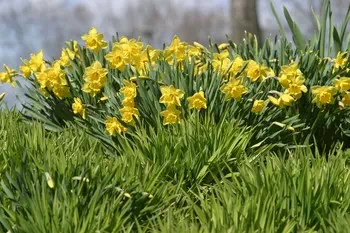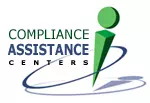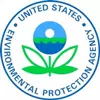 Landscaping
Landscaping
For many, landscaping is an art, and the visual results are open to opinion --- “beauty is in the eye of the beholder.” But whether your preferences incline toward highly manicured grounds, a natural appearance, or something in between, your landscaping activities will unavoidably affect the environment. Those effects can range from harmful (e.g., erosion, discharge of excess nutrients and herbicides), to beneficial (e.g., soil retention, carbon dioxide sink).
In addition to the environmental effects, landscaping can be expensive, requiring continual outlays for labor and materials to maintain appearance and vigor. But by implementing sustainable practices, the costs can be minimized without compromising the results.
Landscaping can also produce prodigious quantities of waste. Millions of tons of waste materials are hauled away, buried, or burned each day from landscaping and groundskeeping operations—trees, shrubs, brush, lumber, asphalt, and concrete, just to name a few. On the average, 2% of the solid waste stream from healthcare facilities comes from landscaping. Consider also the millions of gallons of water, pesticides, fuels, and oils that landscaping activities consume each day. Updated landscaping methods can substantially mitigate the amount of materials used and waste generated, and the costs—both economic and environmental—associated with them.
The purpose of this section is to explore ways a healthcare facility can implement cost-efficient and environmentally friendly solutions for landscaping. Much of the information presented follows the system promoted by the U.S. Environmental Protection Agency's (EPA's) GreenScapes Alliance program. Designed to help preserve natural resources and prevent waste and pollution, GreenScapes encourages companies to make more holistic decisions regarding waste generation and disposal and the associated impacts on land, water, air, and energy use.
Other applicable sections of this website include:
The GreenScapes Alliance is a partnership program that aims to combine government and industry into a powerful, unified influence over the reduction, reuse, and recycling of waste materials in large land use applications. These land use activities include four million miles of roadside landscaping, Brownfields land revitalization, and the beautification and maintenance of office complexes, golf courses, and parks. More than 100,000 businesses are involved in these land use activities, and are potential participants in the Alliance.
GreenScapes participants fall into two categories.
- Partners: businesses and agencies that will achieve actual pollution prevention results; and
- Allies: supportive industry associations that will advertise and promote GreenScapes philosophies to their membership and others.
See current list of partners and allies.
To help improve both your bottom line and the environment, GreenScapes focuses on the "4 Rs":
- reduce – reducing the production of waste is the first and most important step toward efficient material use;
- reuse – reuse of products prolongs the useful life of these materials, thus delaying final disposal or recycling;
- recycle – recycling is the segregation, collection, storage, and removal of recyclable or compostable materials from the municipal solid waste stream; and
- rebuy – rebuying means re-thinking your purchasing habits. Look for products that meet your needs but have a better environmental profile than your current product purchases.
GreenScaping also encompasses a set of landscaping practices that can improve the health and appearance of your large-scale landscape while protecting and preserving natural resources. These can be found in following recommended resources:
- GreenScapes: Environmentally Beneficial Landscaping A brochure describing EPA's GreenScapes program, providing cost-efficient and environmentally friendly solutions for large-scale landscaping.
- GreenScapes Cost Calculators. Downloadable spreadsheets that can aid in your decision making and implementation of more sustainable landscape design, construction, and operations and maintenance.
- Analysis of Composting as an Environmental Remediation Technology. Summarizes information on the use of compost for managing hazardous waste streams and for remediating contaminated soil.
- Integrating Environmentally Beneficial Landscaping into Your EMS. Developed by GreenScapes and EPA's EMS program, this document provides practical guidance, potential language, and examples of environmentally beneficial landscaping practices for each of the EMS elements.
P2RX Topic Hubs—Landscaping. This primer is intended as a quick guide to the essential P2 information on landscaping, as well as a compilation of pertinent on-line resources.
GreenScapes maintains a comprehensive list of available landscaping resources.
Landscaping Waste Reduction, HERC.
Pesticides, HERC Hazardous materials of concern.
10 Step Guide to Composting in a Health Care Facility. Practice Greenhealth, Oct 2003.
Composting at Fletcher Allen Health Care, Oct. 1997.
Reusable Totes, Blue Wrap Recycling and Composting, EPA’s Environmental Best Practices for Health Care Facilities, Fall 2002.
Practice Greenhealth’s Ten Step Guide to Implementing an Integrated Pest Management Program can help your facility take its first steps toward eliminating unnecessary pesticide usage, while improving pest control practices.
Water Efficient Landscaping. This booklet describes the benefits of water efficient landscaping. It includes several examples of successful projects and programs, as well as contacts, references, and a short bibliography.



